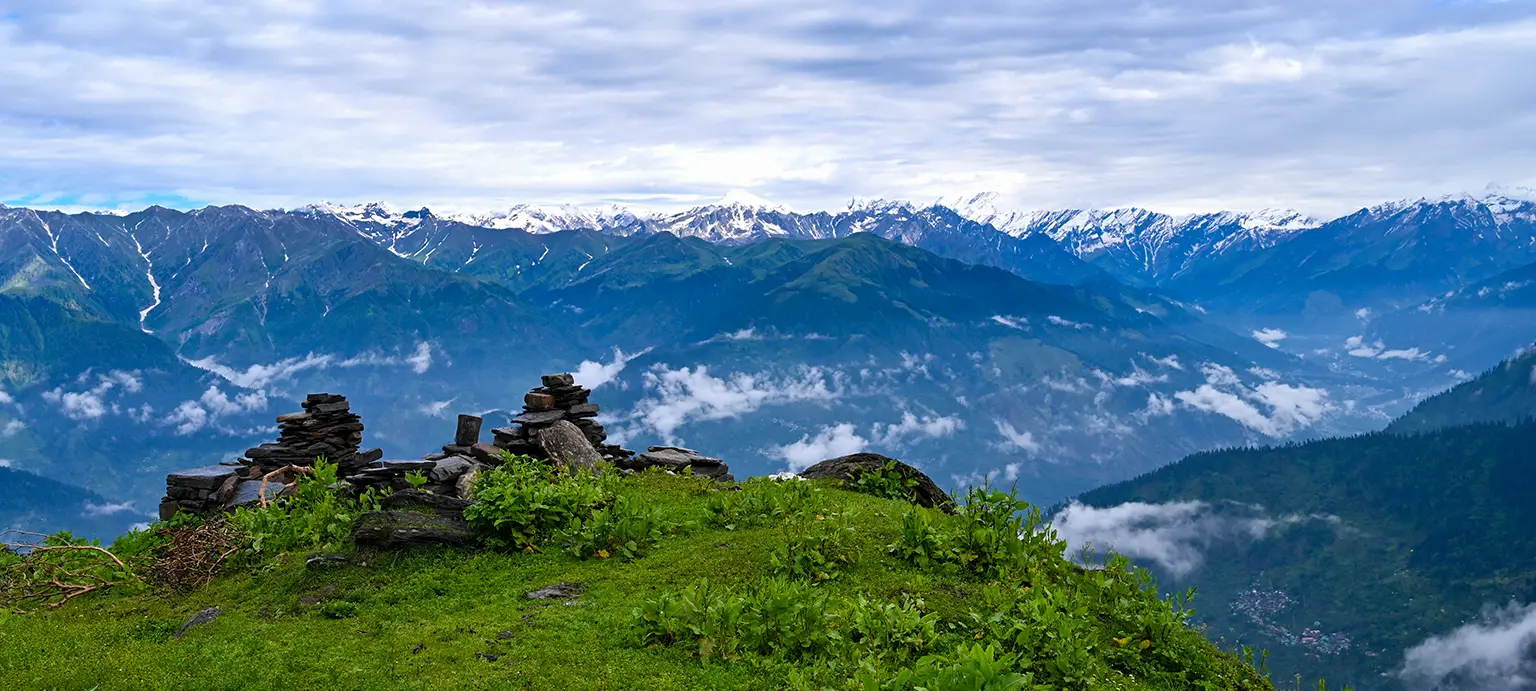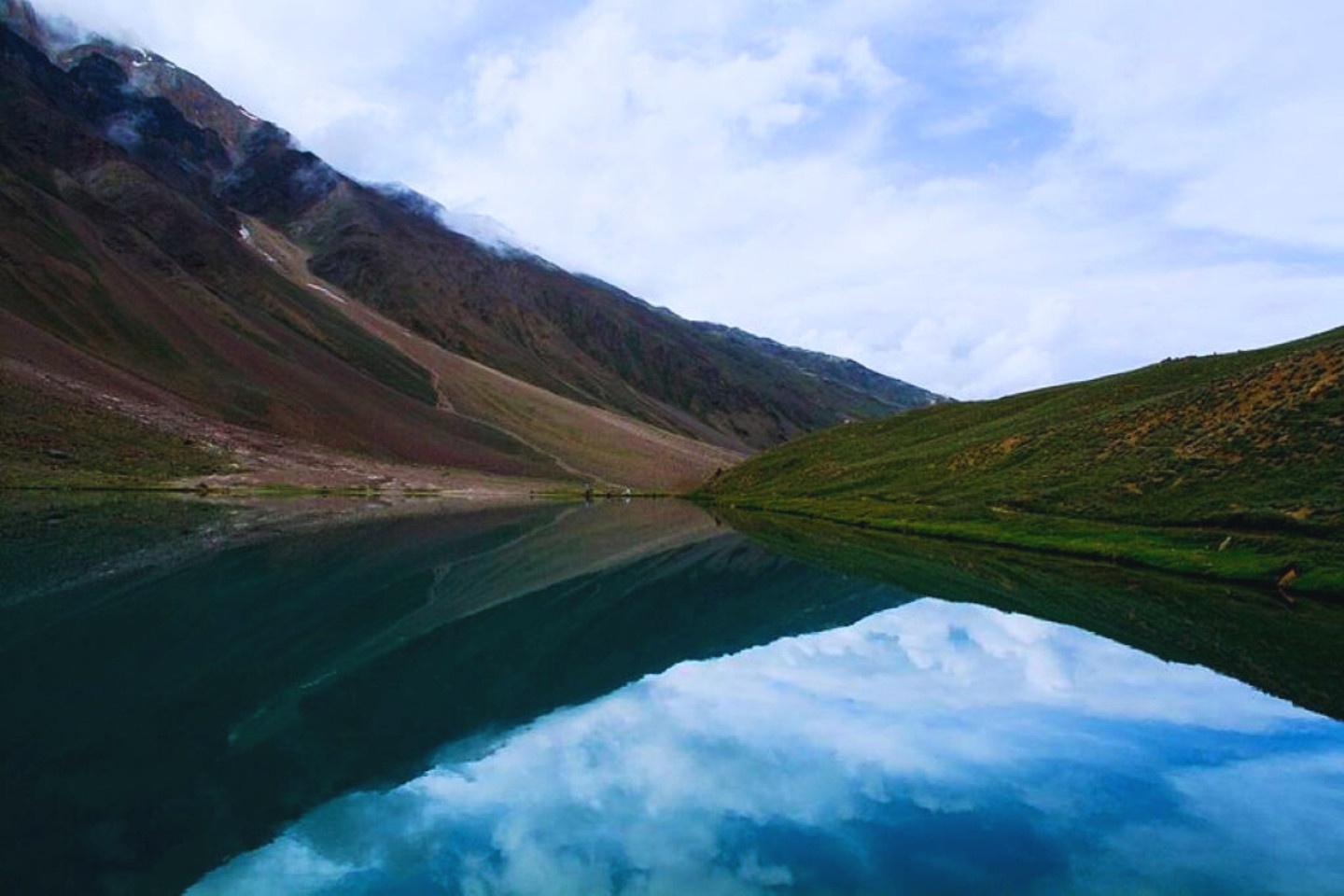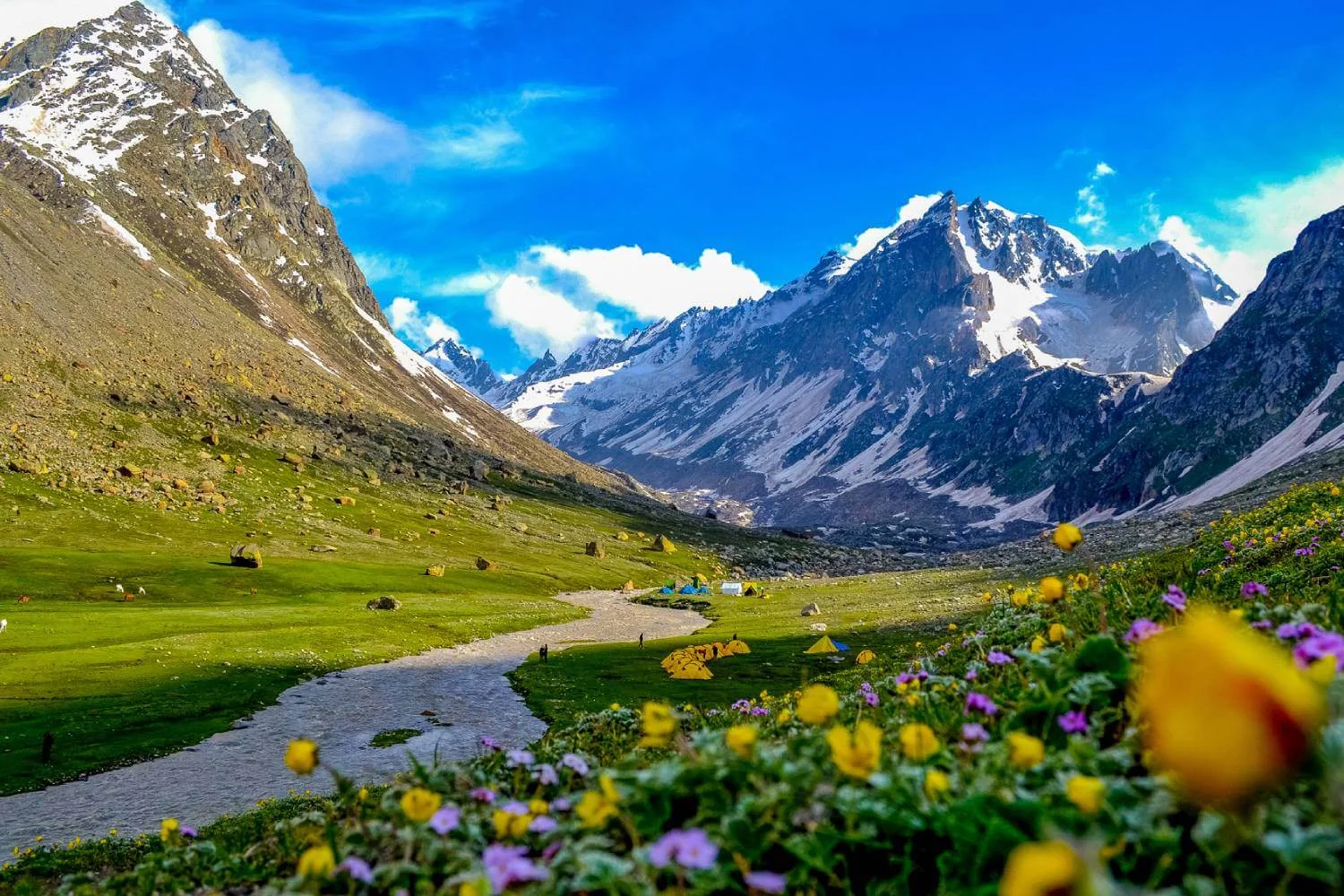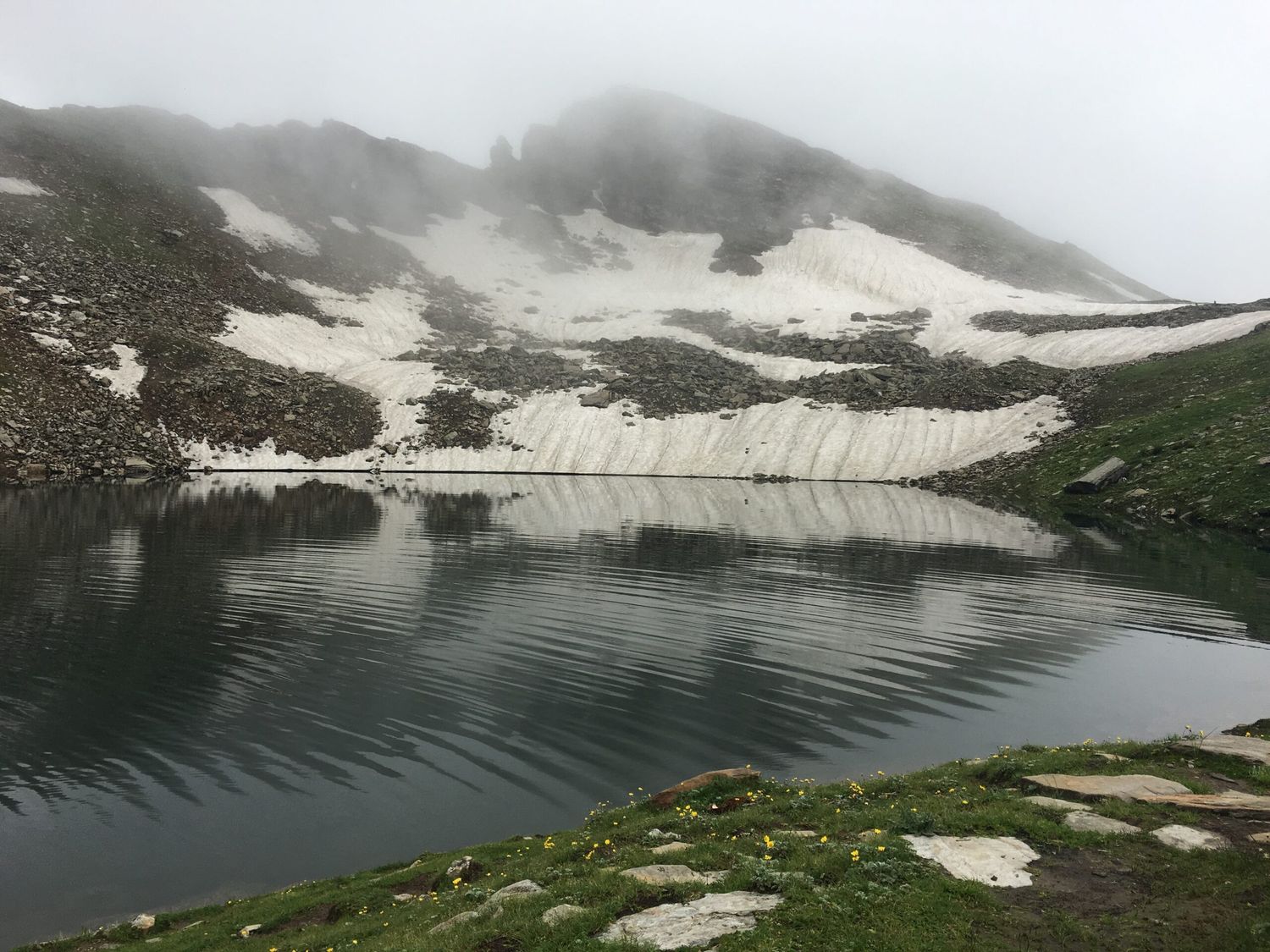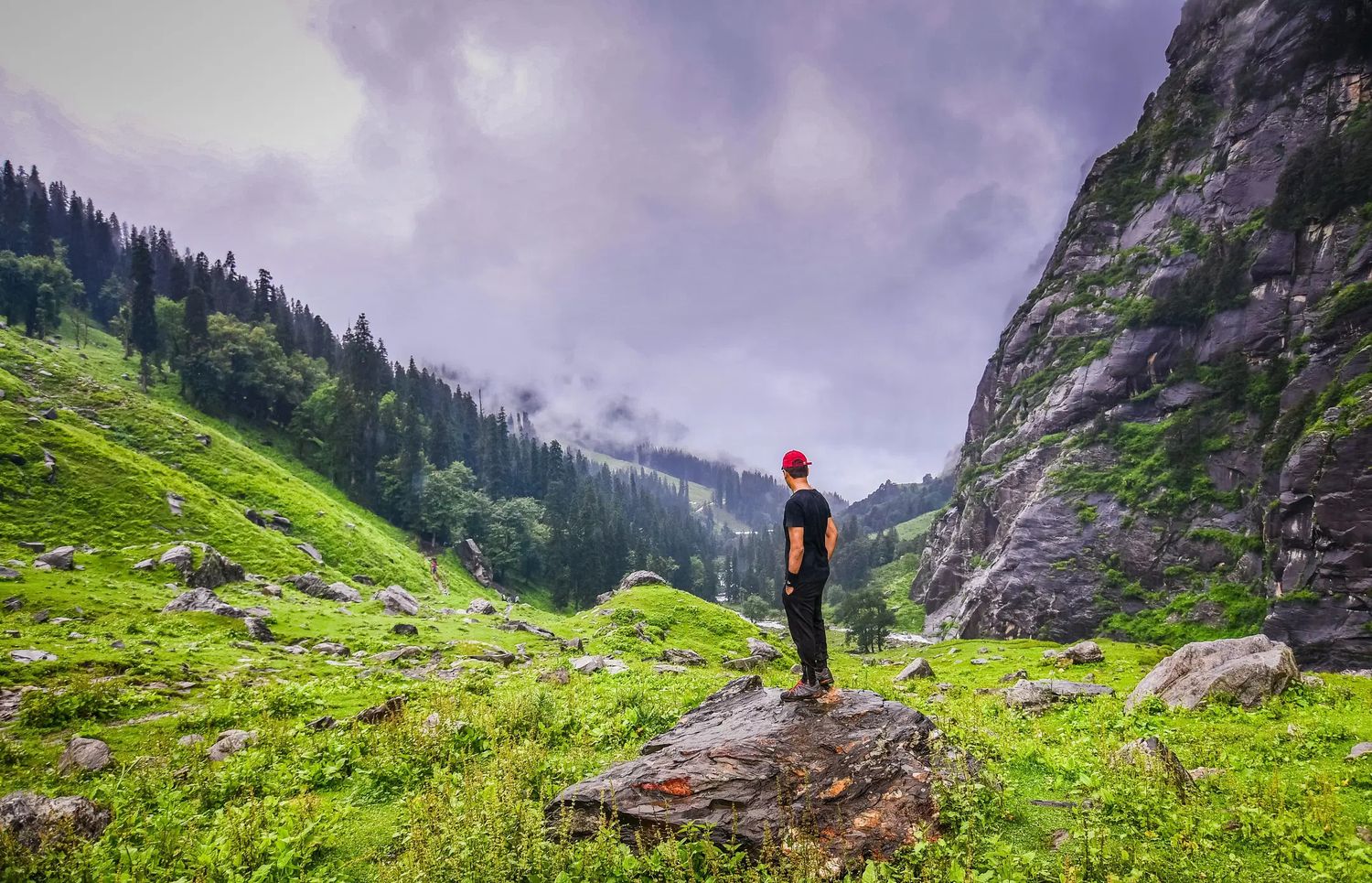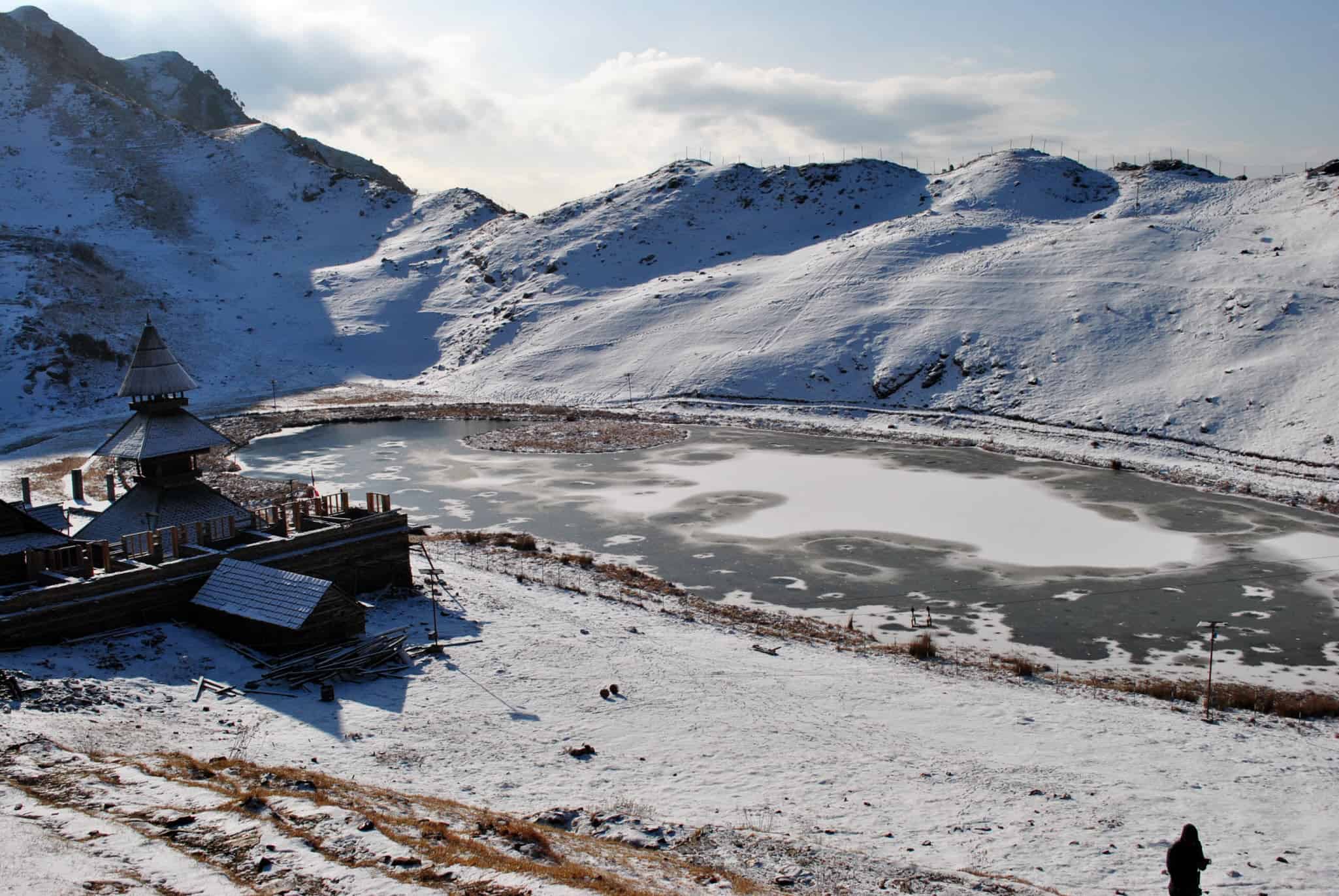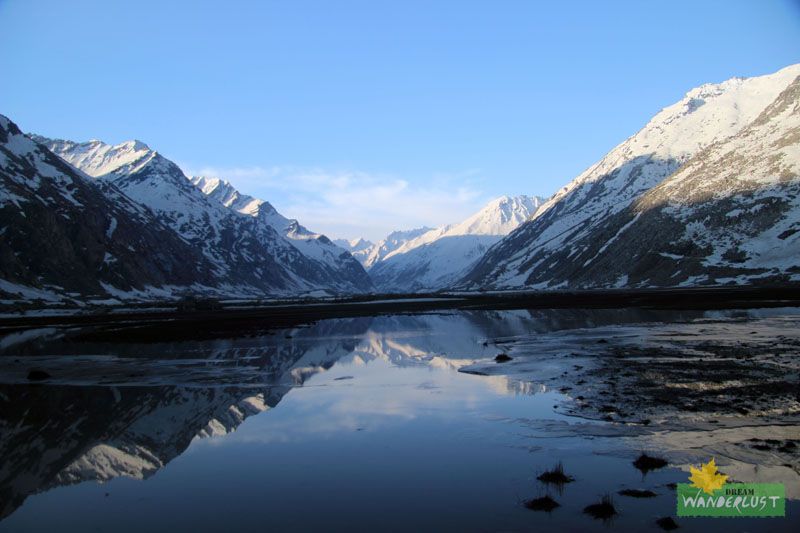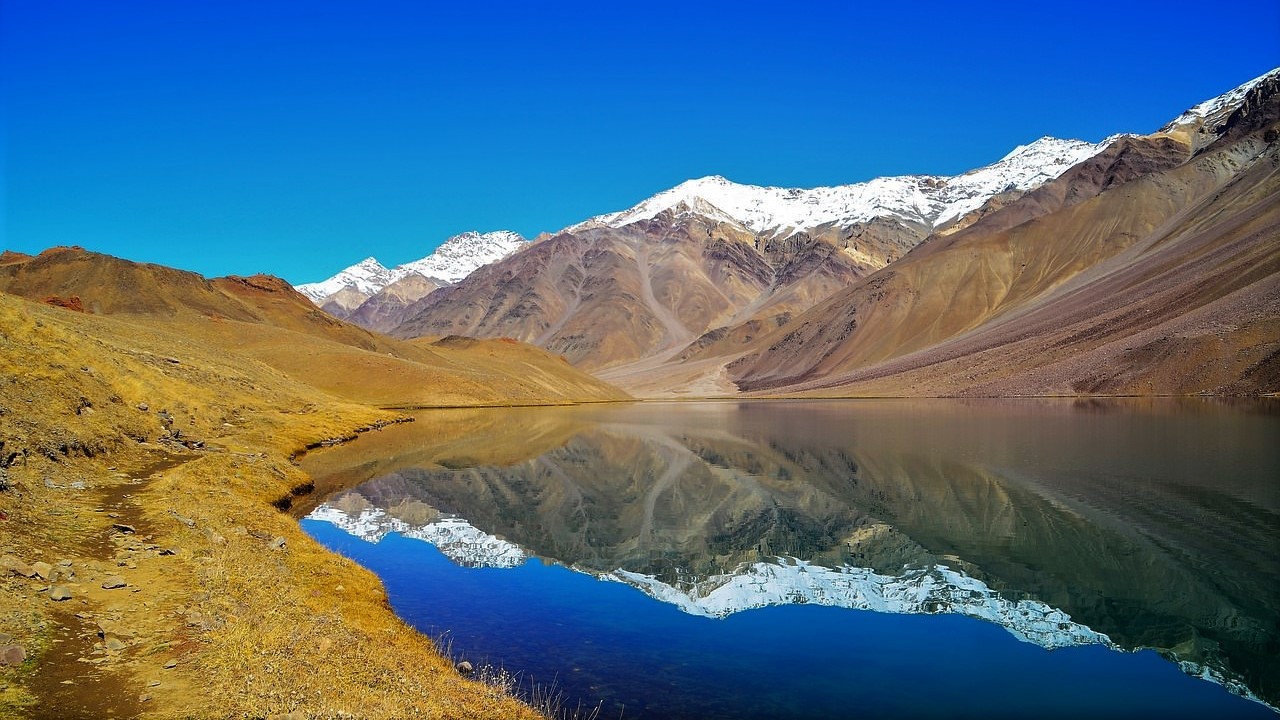Chandrakhani Pass Trek: Gateway to Himalayan Legends
The Chandrakhani Pass Trek is a scenic Himalayan journey that connects the villages of Naggar and Malana in Himachal Pradesh. Known as the “Valley of Gods,” this trek is steeped in mythology and offers spectacular views of Deo Tibba, Pir Panjal, and Parvati ranges. At 12,008 ft, the pass is a moderate adventure perfect for beginners and nature lovers. Along with alpine meadows and dense pine forests, trekkers experience local culture and stories of deities worshipped in this valley.
Mythological Significance
Legend says Jamlu Devta, a local deity, opened a basket of gods at the pass, scattering them across the Kullu Valley, which is why the region is called the Valley of Gods. Malana village, at the trek’s end, is also famous for its unique customs and ancient democratic system.
The Trail Experience
Starting from Naggar, the trek ascends through apple orchards, deodar forests, and alpine meadows. Snow patches in early summer and vibrant wildflowers in post-monsoon months make the trail magical. The pass opens to breathtaking Himalayan panoramas before descending into the mystical village of Malana.
Highlights of the Trek
- Stunning views of Deo Tibba, Pir Panjal, and Parvati ranges
- Mythological tales of Jamlu Devta and Valley of Gods
- Forest trails, alpine meadows, and wildflowers
- Unique cultural experience in Malana village
- Beginner-friendly with rich history and landscapes
